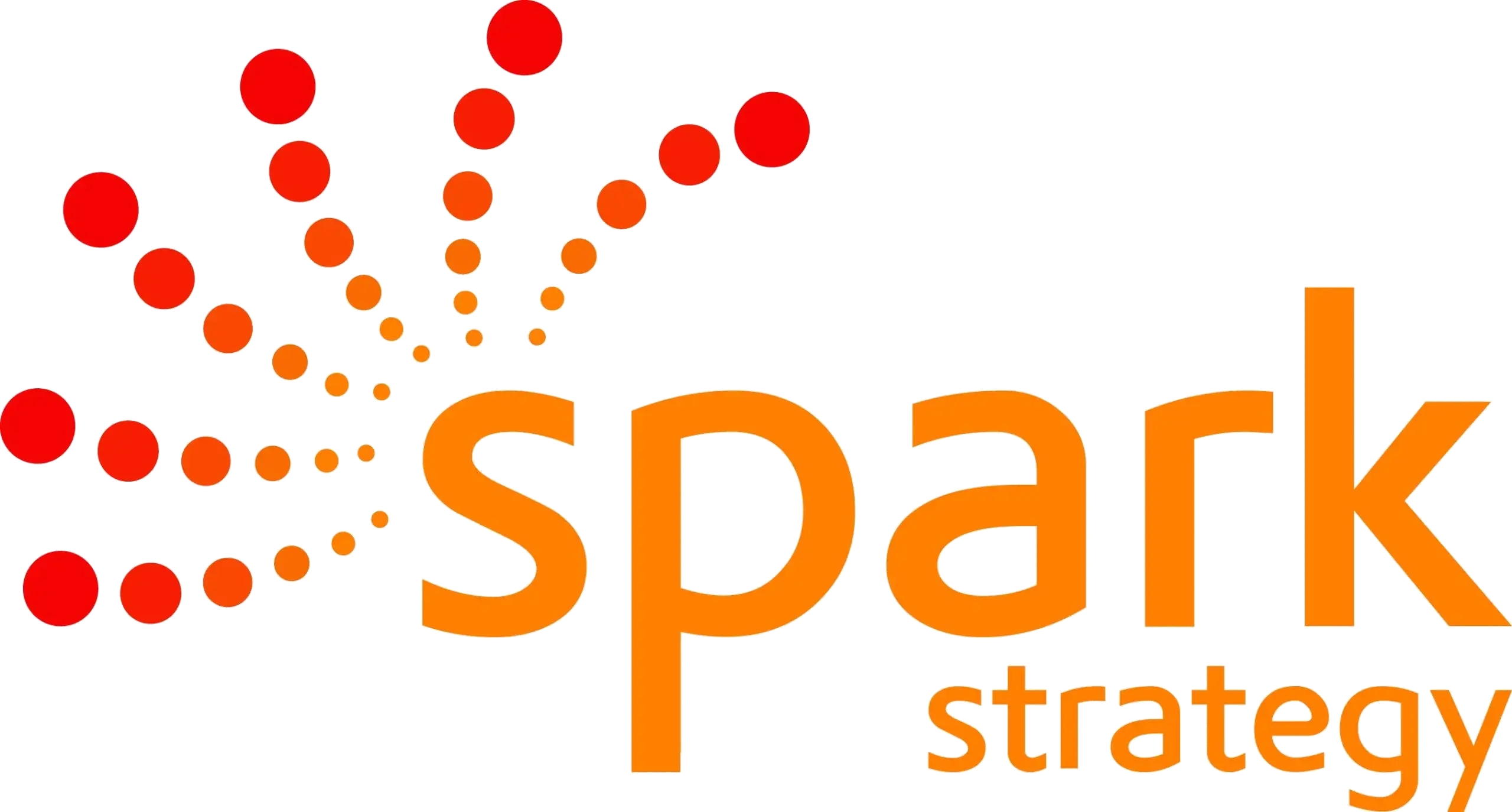At Spark, we’re lucky to work with for-purpose organsiations tackling some of society’s most wicked problems. These problems rarely boil down to one single issue that can be solved by a single solution. In fact, it’s quite the opposite. Solving wicked problems takes the coordinated effort of many solutions tactfully deployed from many angles by many groups. It can be tricky to nail down the contribution that your organisation makes in this wider system, and even more complex to trace the impact of your day-to-day activities.
Introduction
Across the for-purpose sector, many organisations have an inherent understanding of the impact they create, but putting this into words can be a challenge. This is where a theory of change comes in.
Your theory of change articulates what impact you create and how. It does this by tracking how your operational activities contribute to your greater impact. Nailing your theory of change is a case of working backwards, filtering down from your high level impact, to your outcomes, to your outputs, to your day-to-day activities.
Why have a theory of change?
Position your organisation
Australia has around 600,000 not-for-profits, of which approximately 60,000 are registered with our charity regulator, the Australian Charities and Not-for-profits Commission (ACNC). Comparing your theory of change to those around you can help you understand where you fit in the wider system, and decide how to position your organisation to complement your partners and stand out from your competitors.
Communicate your impact
Beyond understanding what your organisation does, a theory of change helps your organisation clearly articulate how you do it. Customers, funders and partners want to know what impact they will create through choosing your products and services, investing in your mission, or working with your organisation. For partners in particular, your theory of change helps them understand what resources and skills your organisations can share, and how.
Measure your impact
Many stakeholders want to see the end impact created by the for-purpose organisations they support, but impact can be incredibly high level and difficult to quantify. The outcomes and outputs identified by your theory of change are generally easier to measure; using these as a proxy for your impact creates concrete evidence for the change you create.
Make informed decisions
A theory of change identifies what activities will contribute to the long term, big picture change you exist to create. Prioritising these activites can help inform decision making, but be cautious of blindly following your theory of change. Prioritising activities that don’t intuitively ‘feel right’ can raise a red flag that your theory of change is a little out of a whack and may need a tweak.
Motivate your team
One in four Australians volunteer their time in the not-for-profit sector. These volunteers are driven by the impact they create, but their daily activities can feel very far removed from the impact they create down the line. Supporting your team to understand their own personal theory of change will contribute to a motivated and effective workforce.
What should you consider?
Know what you do
Knowing who else is out there and where you fit helps you to tactfully focus your efforts on creating outcomes that play to your strengths and complement what your allies are doing. Defining your target outcomes will help you pick which outputs to focus on, and where to focus your activities.
Know what you don’t do
Not-for-profits know better than anyone that time and money are finite, and it’s impossible to do everything. This might mean making the bold choice to drop activities that don’t serve your purpose, and freeing up resources to produce your focus outputs.
Know what motivates your team
Nailing your theory of change means more than understanding it yourself. A motivated workforce is one where everybody understands how their activities contribute to outputs, outcomes, and finally, the end impact of your organisation.
What does a great theory of change look like?
Little Yellow Bird is an organisation that has nailed its theory of change – and communicates this in its 2017-18 impact report. The following is a very simplified version of Little Yellow Bird’s theory of change, which highlights how it made an impact in 2017.
Activities
- Produce sustainably and ethically made uniforms, corporate wear and apparel basics
- Invest in projects focussed on education, repurposing, healthcare and sanitary health
Outputs
- 10,000 people have learned about sustainable and ethical fashion
- 20,000 hours of fairtrade labour have been created
- 12,200,000 litres of water have been saved
- 12,200 kilograms of chemicals have not been used
Outcomes
- Society is more educated about sustainable and ethical fashion
- People have access to fairer working conditions
- Waterways are protected from overuse and pollution
Impact
Little Yellow Bird is creating a world in which both people and planet are treated with respect.
What level?
The example above demonstrates Little Yellow Bird’s theory of change at the organisational level – focussing on the key activites within the organisation. We could create another theory of change to demonstrate the flow on impact of an individual employee’s activities. Alternatively, we could raise the altitude to demonstrate the impact of Little Yellow Bird’s activities in the wider system.
When choosing what altitude to position your theory of change, it’s important to remember why you are creating it, and who it is for. An employee is probably more interested in the lower altitude theory of change, to understand the impact of their specific role. An investor likely wants your theory of change at a higher level, to understand their social return on investment.
A theory of change is simply a tool for understanding and articulating how you create positive social change. There is no ‘right’ or ‘wrong’ way to create one, but the tips above will help you articulate what impact you create, and how.
Have you developed a theory of change that you’re proud of or seen a best practice example you’d like to share? Would you like to chat through ways to develop or improve your own theory of change? Are you interested to better understand how a theory of change can help your organisation drive positive social or environmental impact? For these or any other questions or suggestions you might have, please email us at info@sparkstrategy.com.au.

